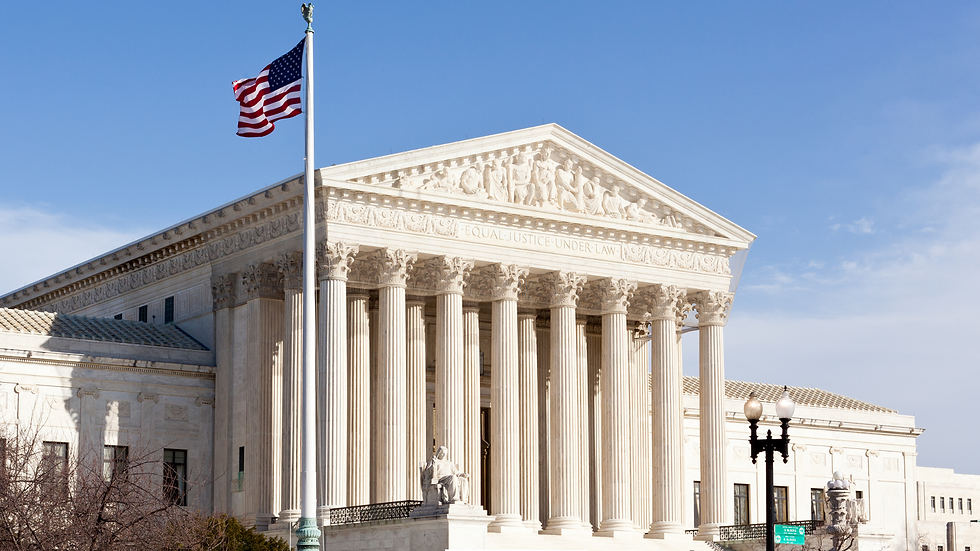A Landmark Case in Social Security Disability Law
- juliana9396
- Apr 24
- 2 min read

Let’s take a trip back in time to 1971 for a pivotal case that continues to shape how Social Security disability claims are evaluated today.
Richardson v. Perales was the first U.S. Supreme Court decision to thoroughly address procedural standards in Social Security disability cases. The Court ruled that the Social Security Administration (SSA) may use medical reports and other documentary evidence—even when the authoring doctor doesn’t testify directly—in determining a claimant’s eligibility.
This case is one I reference regularly in my own practice because it still guides how disability claims are reviewed and decided. Understanding its impact offers important insight into the workings of the Social Security system—and its limitations.
🔍 Key Details of Richardson v. Perales (1971)
Issue: Whether medical reports submitted by doctors could be admitted as evidence in disability hearings without the doctors being available for cross-examination.
Holding: The Supreme Court held that such reports are admissible as substantial evidence, even in the absence of live testimony from the doctors.
Impact: The decision set a lasting precedent allowing Administrative Law Judges (ALJs) to rely on written medical documentation rather than requiring in-person testimony.
Why Richardson v. Perales Still Matters
Q: Why is this case still relevant in today’s disability claims?
A: Richardson v. Perales clarified key procedural principles that the SSA still follows. It reinforced that disability hearings are non-adversarial and that traditional courtroom evidence rules do not strictly apply. This gives ALJs broader discretion in evaluating the evidence presented.
Q: What did the case say about a claimant’s rights?
A: While the ruling allowed SSA to use written medical reports, it also emphasized that claimants have the right to object and request live testimony via subpoena—if they believe the evidence should be challenged in person.
💡 Key Takeaways for Claimants and Advocates
SSA disability hearings do not follow courtroom rules of evidence.
ALJs can rely on written medical reports—even if the doctor does not testify.
Claimants can request subpoenas if they want to cross-examine medical sources.
This decision has become a cornerstone of SSA disability law.
📌 Related Reading and Resources
Need help preparing for your claim? How to Appeal a Social Security Disability Denial
🧠 Final Thoughts
Richardson v. Perales changed the game for disability claimants and their legal representatives. Even decades later, it remains a critical piece of the puzzle when advocating for clients in the SSA system.
Understanding landmark cases like this helps us all navigate the legal landscape more effectively—and ensures we’re standing on solid ground when fighting for our clients.




Comments